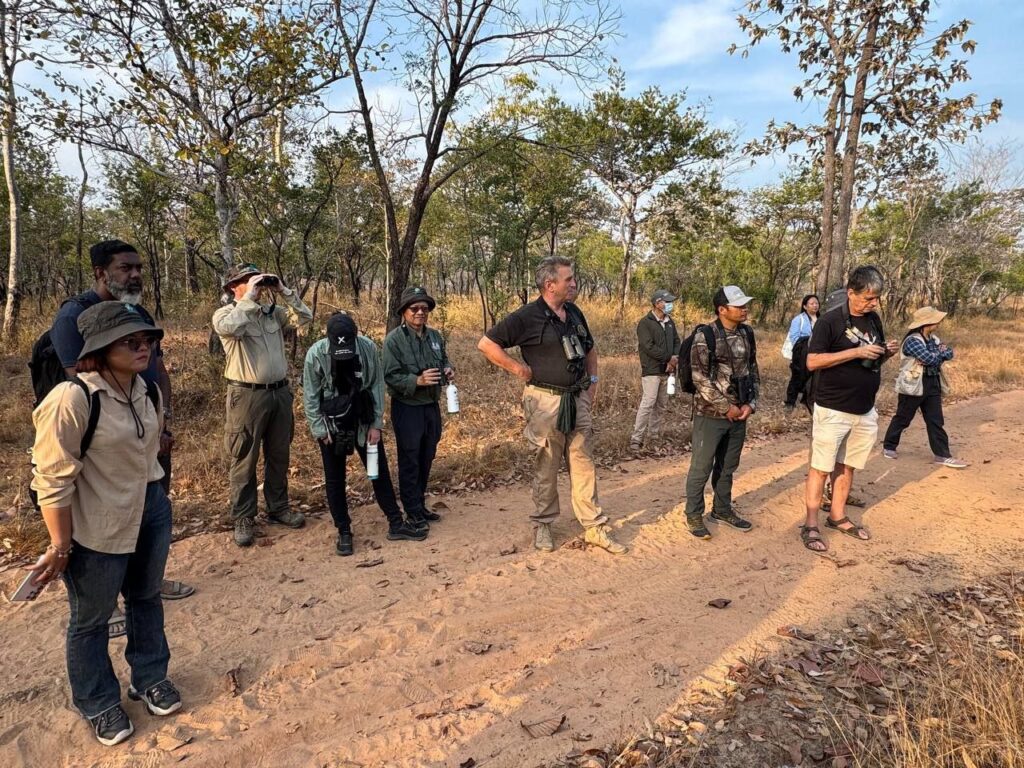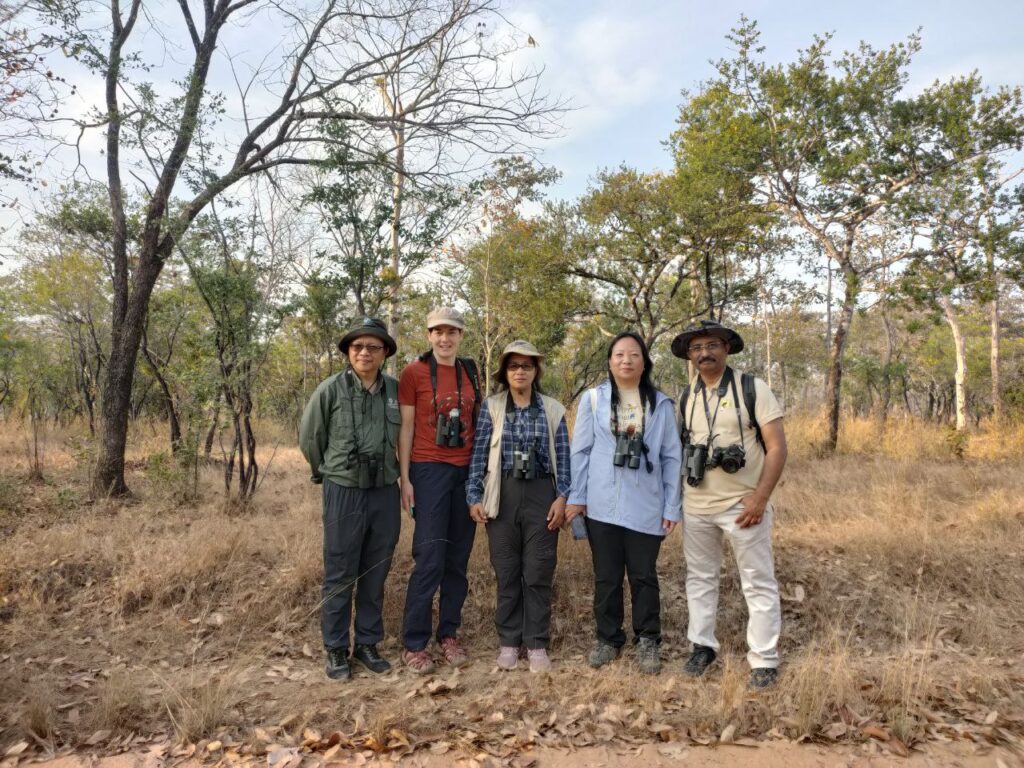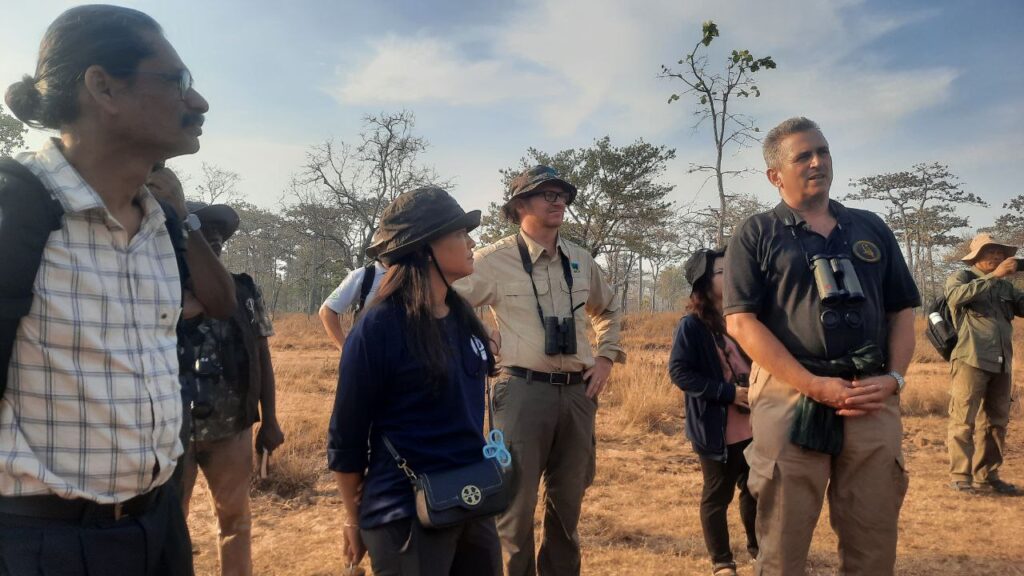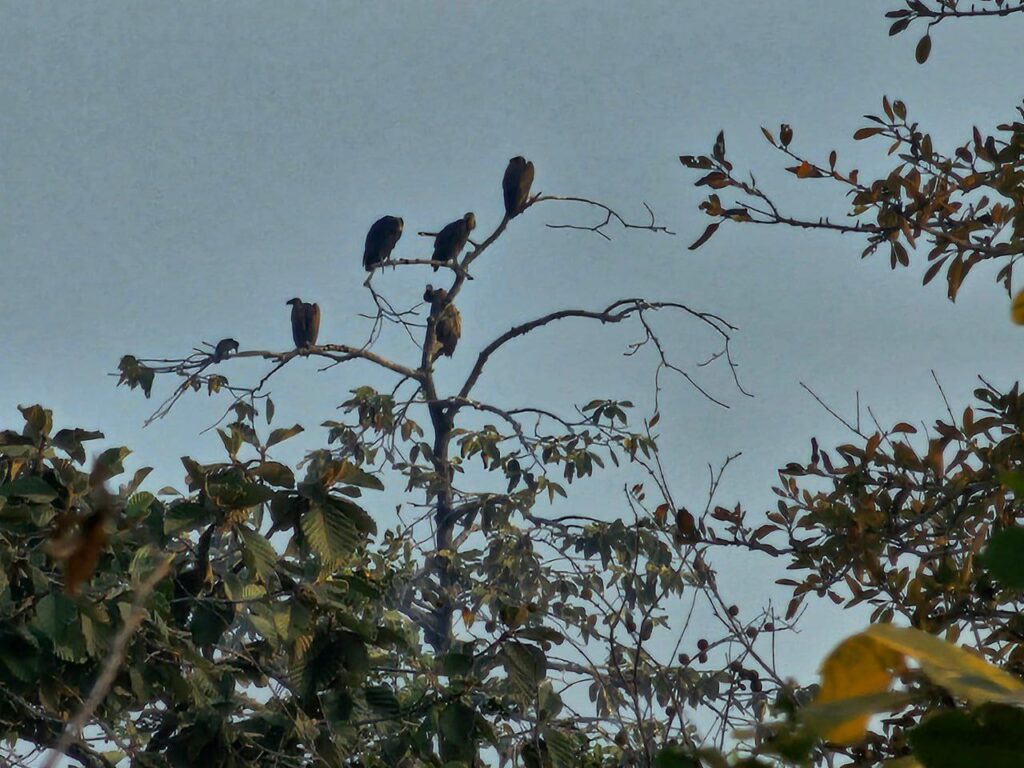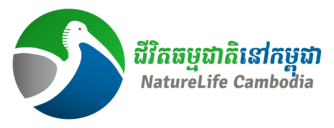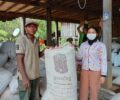Cambodia SAVE Meeting 2025
Compiled by CVWG

The 2025 SAVE Meeting was for the first time held in Cambodia. From 17 to 21 February, the meeting included a two-day meeting in Phnom Penh (led by NatureLife Cambodia) followed by a field visit to Siem Pang Wildlife Sanctuary (led by Rising Phoenix).
The Phnom Penh meeting (17 to 18 February) was opened by Mr. Bou Vorsak, Chief Executive of NatureLife Cambodia, and Jemima Parry-Jones MBE, Chair of SAVE. Chief Guest, H.E Chea Sam Ang, Secretary of State, Ministry of Environment’s then gave the opening remarks.
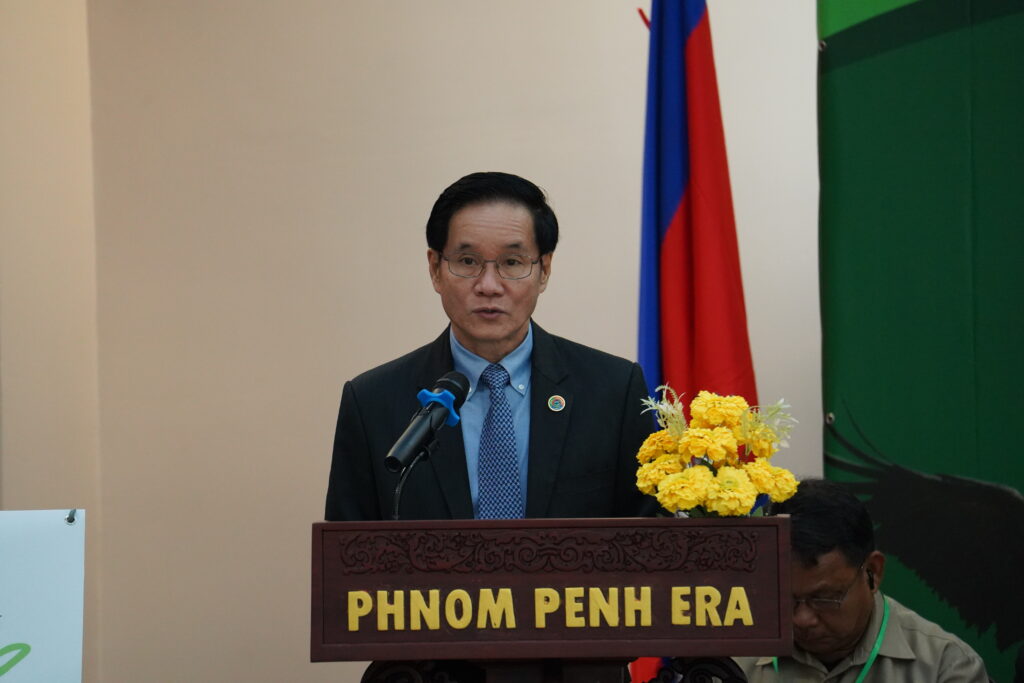
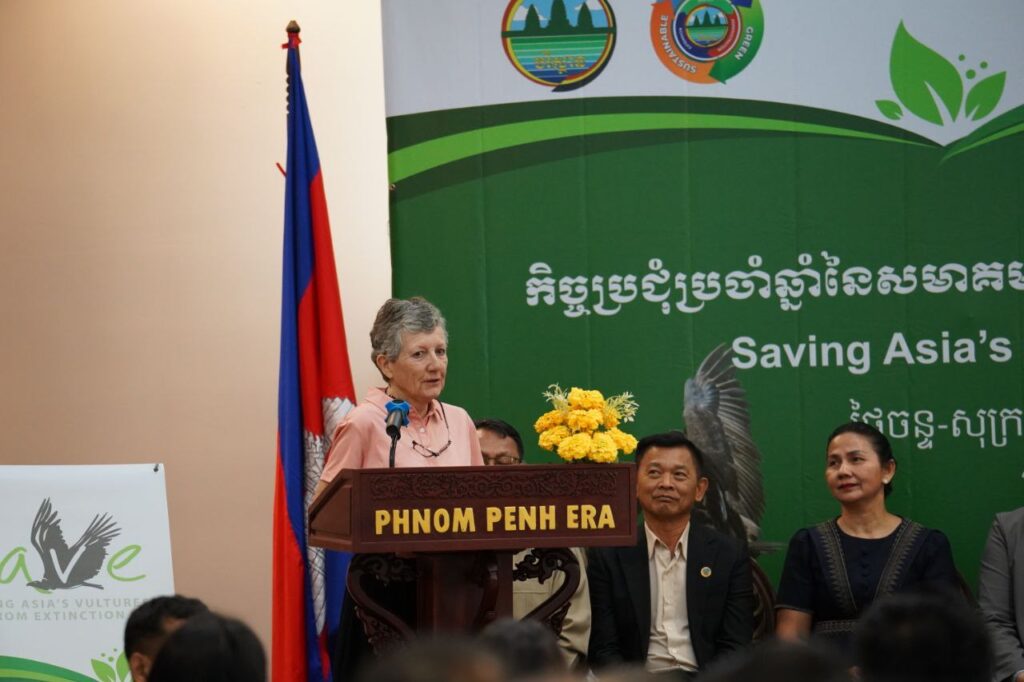
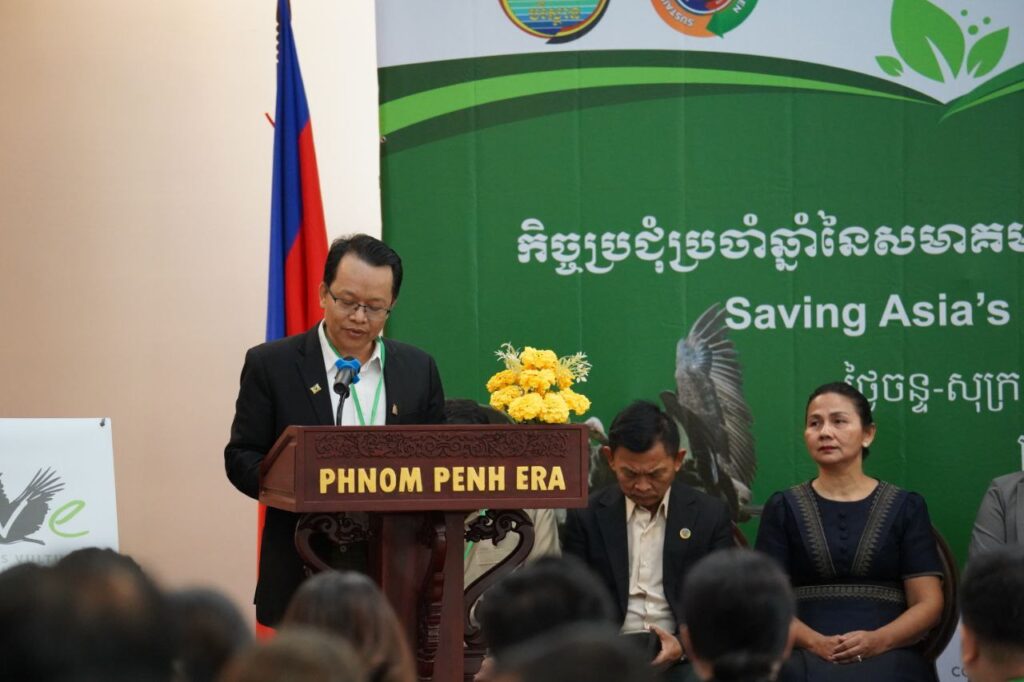
Mr. Vinayagan Dharmarajah, Regional Director of Birdlife Asia explained the current SAVE structure, including the roles of the three committees: Fundraising and Communication Committee (FCC), the Advocacy Committee (AC), and the Technical Advisory Panel (TAP). Mr. Chris Bowden, Advisor to SAVE, Vulture Programme Manager for RSPB, and the Co-chair of the IUCN Vulture Specialist Group, outlined the history of SAVE and highlighted major recent updates.
Professor Rhys Green, of the University of Cambridge and former Chair of SAVE, reported the updated results of pharmacy surveys across the SAVE countries which will soon be published, highlighting worrying trends for several vulture-toxic drugs (including diclofenac) in much of the region.
The country update section was chaired by Mr. Vinayagan Dharmarajah. The Myanmar update was provided by Thiri Sandar Zaw & Dr. Zaw Tun Aye of the Myanmar Vulture Working Group, the Pakistan update by Muhammad Jamshed Iqbal Chaudhry of WWF Pakistan, and the Bangladesh update by Sarowar Alam (Dipu) of IUCN Bangladesh. Covering recent progress in India, Sachin Ranade from Bombay Natural History Society provided an update, the Nepal update followed by Ankit Joshi from Bird Conservation Nepal, and the Cambodia country update by Ny Naiky, representing the Cambodia Vulture Working Group.
Progress of the Cambodia Vulture Working Group and the national implementation of the Vulture Action Plan was chaired by Mr. Bou Vorsak, with contributions from Oliver Gray-Read from NatureLife Cambodia and Mr. A. B. M. Sarowar Alam Dipu.
This year’s meeting was also joined by representatives from the Zoological Park Organization of Thailand who shared updates on Thailand’s Red-Headed Vulture captive breeding and release programme
On the second day Jemima Parry-Jones and SAVE Board members met with His Excellency Dr. Eang Sophalleth, the Minister of the Ministry of the Environment of Cambodia. His Excellency emphasized that the Ministry of Environment fully supports the conservation of vultures, and has given full support for the MoE of Cambodia to be chairman and host the inter-Governmental Regional Steering Committee (RSC).
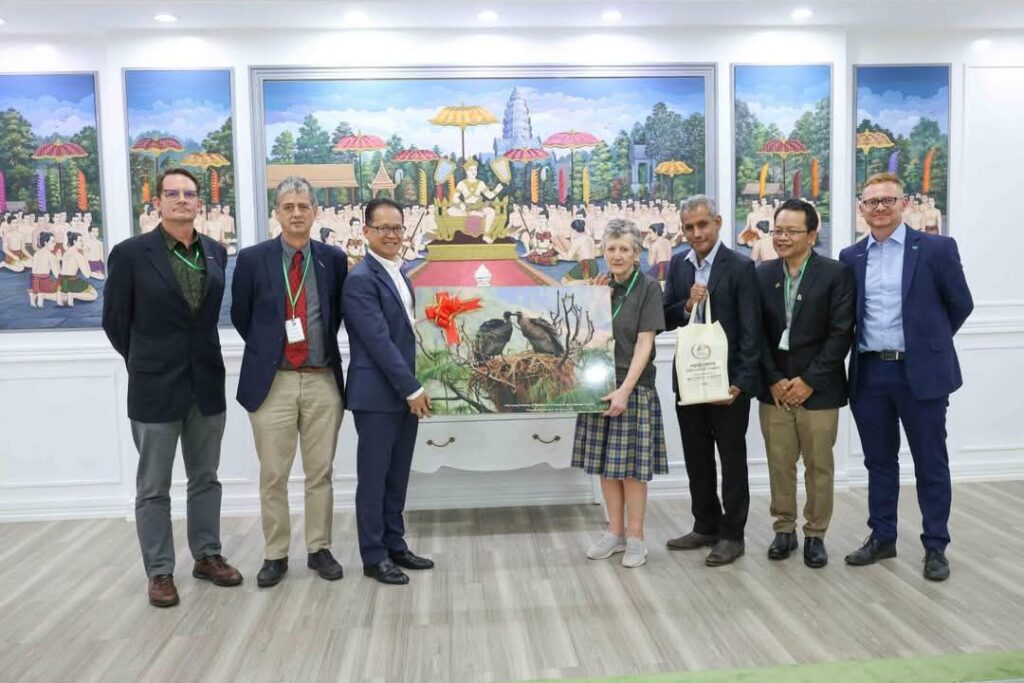
The meeting agenda continued, and topics included NSAID regulation and using the CMS Resolution commitments (Jake Zarins), Vulture Safe Zones (Mary Davies), and Vulture Captive Safety Net Population (Rhys Green). Following this, additional work from Nepal was summarised by Ankit Bilash Joshi and Krishna Bhusal, including the threat of power infrastructure, and the latest tracking information on Egyptian Vultures.
A discussion on poison baits followed, chaired by Mr. Alistair Mould, Vice chairman of CVWG and WCS Cambodia Country Director. Experience from Cambodia was shared by Ms. Sours Srey Em and Mr. Von Sina together with lessons learned from India by Mr. Sachin Ranade (BNHS).
For the first time at SAVE, a representative from Laos (Dr. Akchousanh Rasphone from WWF Laos) joined the meeting and discussed building collaborations in order to protect vulture species across the Laos-Cambodia border.
The final section of talks chaired by Thiri Da Wei Aung included three topics: Vulture Safe Zone (VSZ) work in South India shared by Bharathidasan from Arulagam; Initiatives with the Vet Community in India shared by Percy Avari; and the Advocacy Priorities and next steps, shared by Mr. Alam Sarowar.

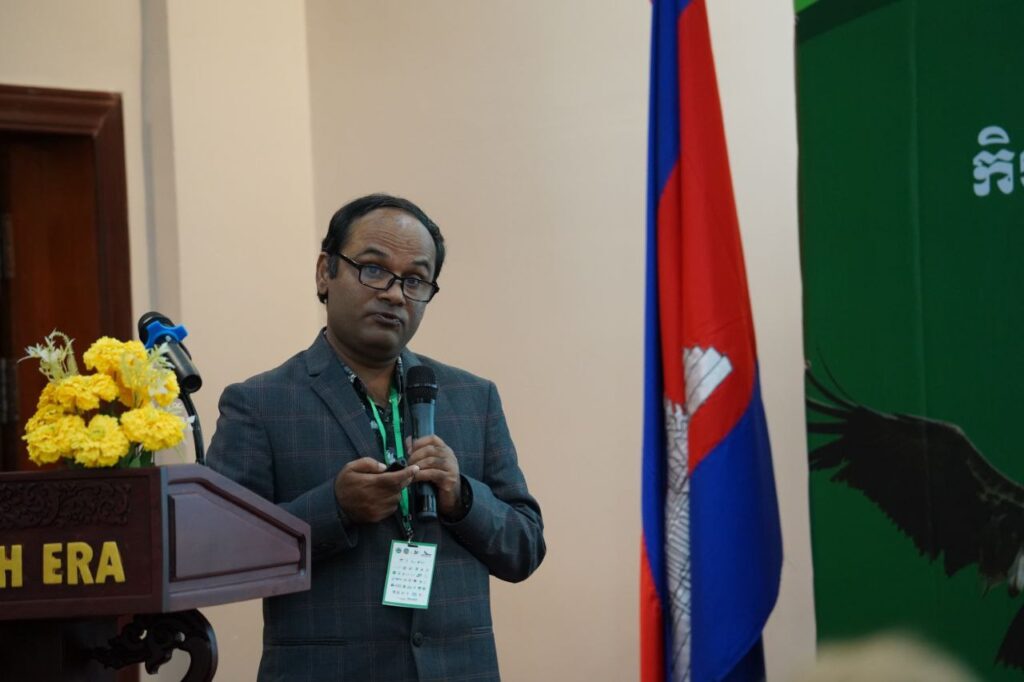
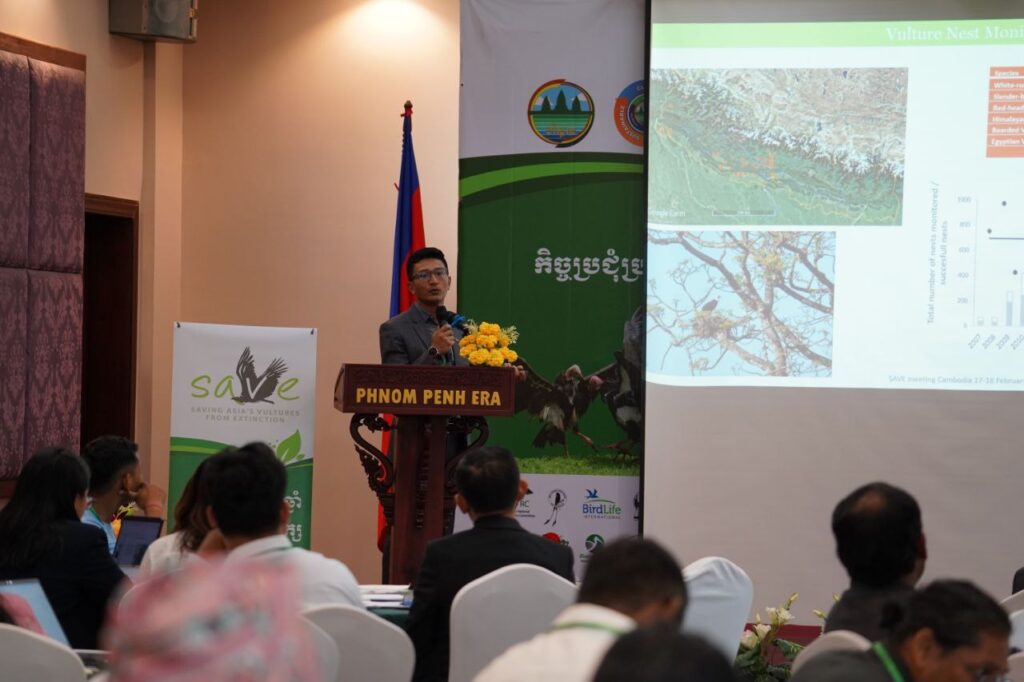
The field visit to Siem Pang Wildlife Sanctuary (SPWS) took place from 19 to 21 February 2025. Rising Phoenix Co. Ltd., of CVWG, organised the visit to the vulture restaurant, with all delegates seeing the three Critically Endangered vulture species in the wild (plus many other species including White-shouldered Ibis). During this time, delegates saw some of the vulture work happening on the ground led by Rising Phoenix and had time to meet and discuss vulture work across the region with fellow SAVE members.
Thanks to Asian Species Action Partnership (ASAP), Mandia Nature, and Critical Ecosystem Partnership Fund (CEPF) for funding support for this meeting as well as Natural Encounters who provided additional financial support. Thanks to all SAVE partners, supporters and other attendees of the meeting for contributing their time and energy to advancing vulture conservation in the region.
Further outputs and resources from the meeting will follow in due course.

